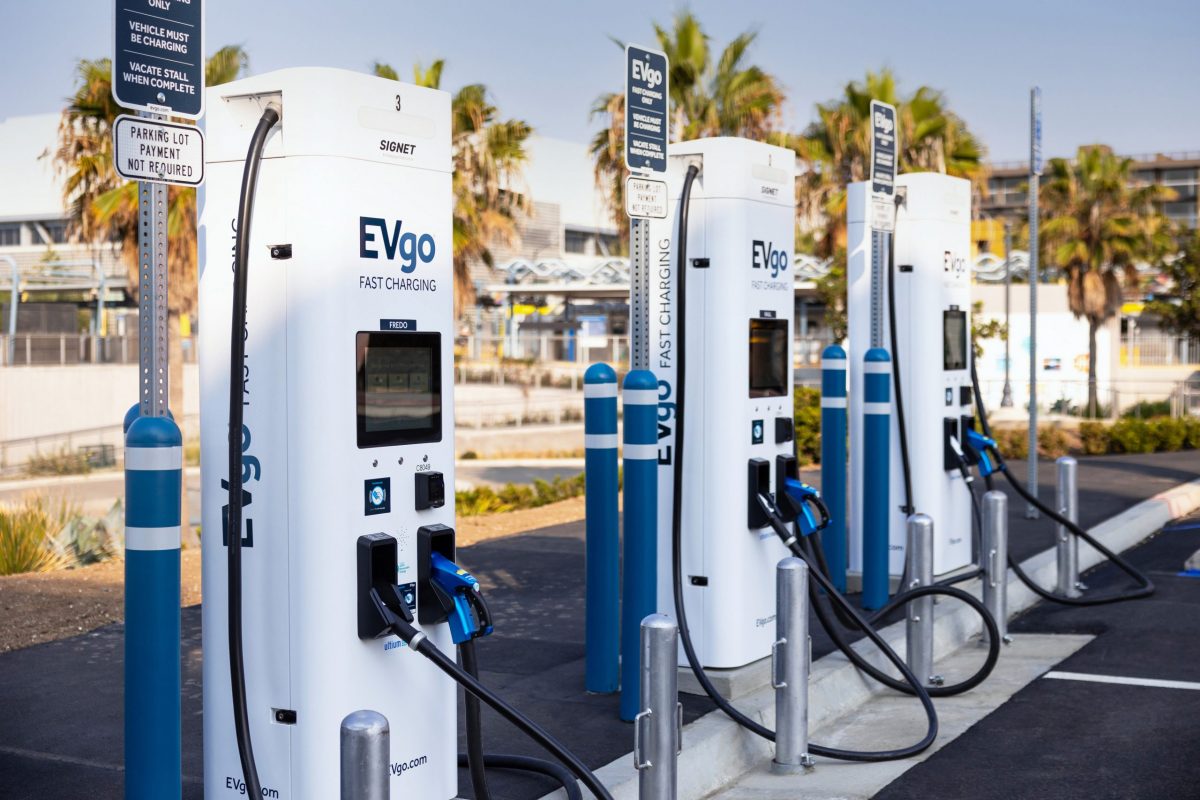Long before Ford Mobility’s Chariot or UberPool, there was Kutsuplus. Pioneered by a public-private partnership involving a number of stakeholders in Helsinki, Kutsuplus was an innovative on-demand minibus service launched in 2012 in a number of areas of Finland’s capital.
Think Helsinki, think cold, dark days and muddy slush. Winter temperatures can plunge to minus 50 degrees Celsius and the sea wind bites hard. Despite the harsh climate, however, or perhaps because of it, the city has fostered an environment rich in innovation and creativity. The city boasts one of the highest standards of living in the world and regularly tops the rankings of various liveable city indexes. Mobility plays a big part in that.
Long before Ford Mobility’s Chariot or UberPool, there was Kutsuplus, an innovative on-demand minibus service launched in 2012 in Finland’s capital
Although residents were enthusiastic about Kutsuplus, the venture never proved a financial success. However, the micro-transit concept and the technology behind it have been adopted by the leading industry players around the world.
The region has emerged as a nursery for the whole notion of Mobility as a Service, or MaaS. Helsinki itself is home to MaaS Global, which claims to be the first MaaS operator. Finland’s Ministry of Transport is also one of the founding members of the similarly named but completely separate MaaS Alliance based in Brussels.
Traditional public transport is also moving with the times, and the tram and metro systems are constantly being expanded. An extension was opened last year for the metro, with another scheduled to open in four years. This could prove a pivotal piece in Helsinki’s ‘Vision 2025’, which aims to make public transport the number one choice for travel. The idea is to provide so many different mobility services that private car operation becomes redundant.
Helsinki is leading the way in preparing for clean, safe, shared mobility. Harnessing smart technology and a bold approach to the future, it could provide the new blueprint for smart urban mobility
The RoboBusLine brings together this focus on public transport along with autonomous driving. It began operations last year, using Navya self-driving electricminibuses.The legislation behind autonomous vehicle (AV) testing in general is one of the most supportive in the world, with Finland one of the few regions today that allows AVs to operate on public roads without a driver. Like the Navya models, most public transport vehicles will probably be electric in order to meet the city’s target of carbon neutrality by 2035.
Helsinki is leading the way in preparing for clean, safe, shared mobility. Harnessing smart technology and a bold approach to the future, it could provide the new blueprint for smart urban mobility. To learn more about the innovation taking place in this exciting metropolis, download Automotive World’s Special report: The Future of Mobility in Helsinki.



